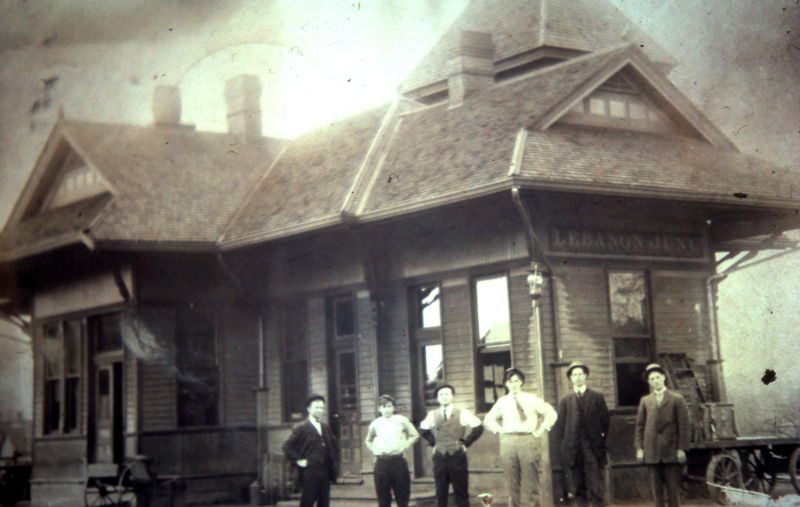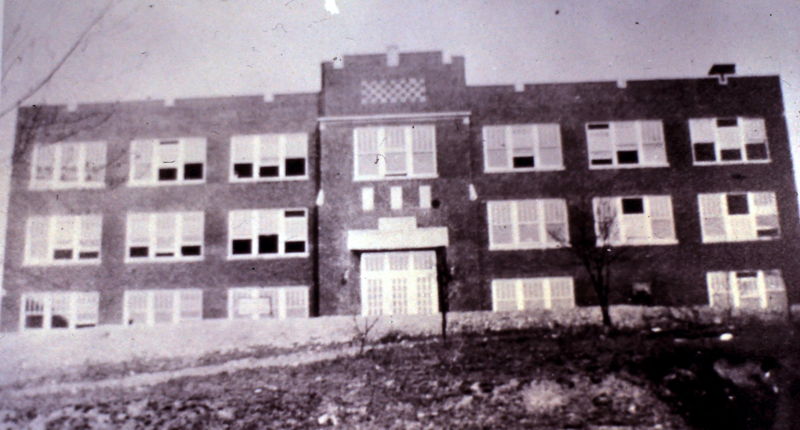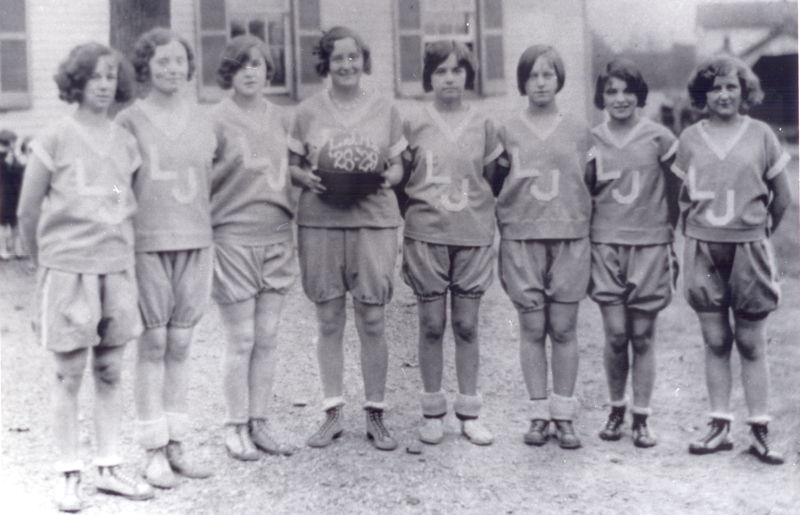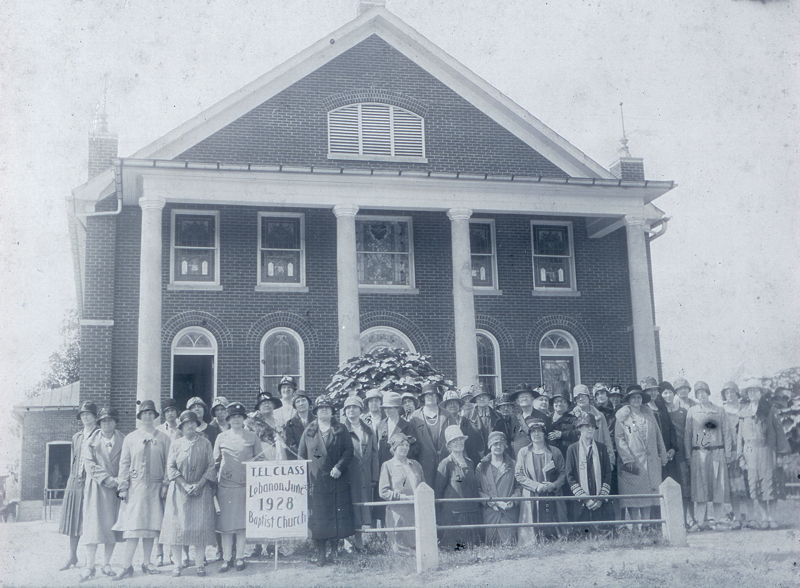
The following article by David Strange was originally published on 6 Dec 2015.
There are eight cities in Bullitt County, each with its own intriguing history. Let me briefly tell you today about Lebanon Junction, located on the southernmost point of Bullitt County near the Hardin County line and the Rolling Fork River.
My main memory of downtown "LJ" is as a pleasant, sleepy little town; so calm in the evenings that children play games on the city streets with little worry of traffic; so quiet that one can hear the laughter of families emanating from nearby homes and crickets chirping on the summer air.




But it was not always so.
As you might guess, Lebanon Junction derives its name from its location as the railroad junction branching from the main L&N line and leading on to Lebanon, Kentucky. Steve Masden and Burlyn Pike produced an excellent photo history book of LJ in 1997 called Railroad Town. The book is still available through Steve or through the Bullitt County History Museum.
And the town does indeed trace its roots strongly to the railroad. Before the railroad came through in the 1850's, the area was sparsely populated. Most maps of those early years called the area "Pine Tavern" after a small establishment in the general area, virtually the only manmade landmark in the vicinity at that time.
Oh but there was a natural landmark, or obstacle, really, that the railroad designers noticed. They saw Muldraugh's Hill, a long difficult climb for the steam engines of the day. The spot that would become Lebanon Junction, with its flat ground and easy access to water, was a natural choice for a junction and for a depot to prepare, repair, and re-coal the steam-powered trains on their passage up the hill on their way south.
LJ grew slowly at first, a small community developing along with the labor needs of the railroad. Completed just a couple of years before the Civil War broke out in 1861, the new railroad was the expressway of the time; even more so with the war, when countless tons of material and men were transported constantly and Confederate soldiers and guerrillas regularly threatened it all.
Then, in 1892, the railroad built a terminal there and the fledgling community became a boomtown of railroaders and passengers. The rowdy and bustling little town was officially incorporated in 1895 with a population approximated at 700. It seems to have been a gritty little town back then, with all its railroaders, coal storage, round-house and repair shops, and around-the-clock depot.
But LJ prospered and grew, quickly becoming the largest city in Bullitt County and holding that distinction for something like forty years. All town needs were met with shops, churches, homes, and a hotel. A May 24, 1912, fire nearly devastated the town's business district, but it recovered quickly from the blow. In 1931 the town built a new 1st-12th grade school that quickly became the proud hub and heart of town activities. By then, however, the Great Depression was already gnawing at the town's prosperity. The advent of diesel locomotives, which no longer needed to stop at LJ for water, coal, or repairs, signaled a decline in town fortunes. The terminal, with much of its repair facilities, was moved to Louisville in 1935. The last steam-powered train traveled the rails in 1957. The old depot itself was torn down in 1961.
When the county high schools were consolidated into one in 1970, the closing of the LJ high school was a major loss to the community, perhaps more damaging than any fire. It felt to many as if the town's heart had been taken.
But Lebanon Junction has survived. Interstate Highway 65 provides growth opportunities with new industry. A new public library, which includes a special town history research room, was built in 2010. A new levee was built, and then enlarged, to better hold back once-common flooding from Rolling Fork. In recent years, residents struggle a bit whether to press for new growth or to simply enjoy the simpler pleasures of being "a sleepy little town." Town population hovers at around 1,830.
More information can be obtained about Lebanon Junction at its public library, located at 11382 South Preston Highway, or by searching our web site.
Copyright 2015 by David Strange, Shepherdsville KY. All rights are reserved. No part of the content of this page may be included in any format in any place without the written permission of the copyright holder.
The Bullitt County History Museum, a service of the Bullitt County Genealogical Society, is located in the county courthouse at 300 South Buckman Street (Highway 61) in Shepherdsville, Kentucky. The museum, along with its research room, is open 10 a.m. to 4 p.m. Monday through Friday. Saturday appointments are available by calling 502-921-0161 during our regular weekday hours. Admission is free. The museum, as part of the Bullitt County Genealogical Society, is a 501(c)3 tax exempt organization and is classified as a 509(a)2 public charity. Contributions and bequests are deductible under section 2055, 2106, or 2522 of the Internal Revenue Code. Page last modified: 12 Sep 2024 . Page URL: bullittcountyhistory.org/memories/lj.html